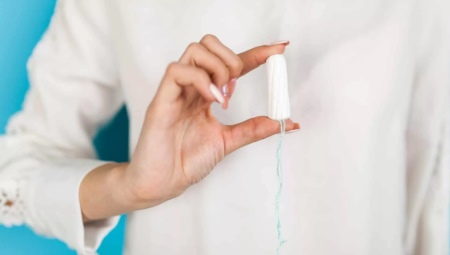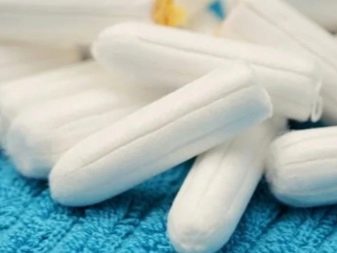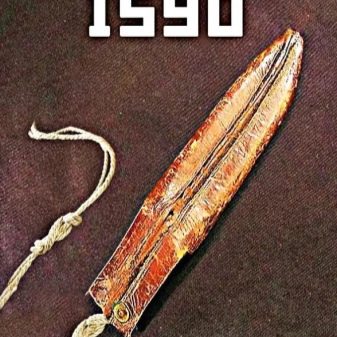Who invented tampons and when?

This hygiene product has millions of fans around the world. Women no longer know how to do without him these days. With this device, you can swim, play sports, lead an active lifestyle. You probably already guessed that we are talking about hygienic tampons. When and where they appeared, what path of development they went from development to the present day - read below.
Who was the first to invent?
For the first time, products resembling modern women's tampons appeared in ancient times. They were used in Ancient Egypt, Rome, Syria and Babylon, Japan and, of course, in Russia.
The oldest medical mention of a hygienic tampon dates back to 1550 BC. NS. - it describes the use of a device made of cotton with the addition of acacia and honey.
As an auxiliary product in medicine, tampons have been used since the 18th century - with their help, blood was stopped in case of bullet wounds, having previously been impregnated with salicylate.
However, the tampon for women as we know it was invented by US surgeon Earl Haas in 1929. He did this at the request of his wife. He used sterile cotton wool as a raw material, as well as 2 cardboard tubes, which became an applicator for more comfortable insertion of a tampon into the vagina.


The history of development
Such a remarkable adaptation required reaching the masses. That's why Earl patented the product in 1931, calling it Tampax. For two years, he unsuccessfully tried to sell his patent to any manufacturing company, and finally, in 1933, he was acquired by an enterprising German woman - Gertrude Tendrich. The first products were made by her at home using a sewing machine, as well as a ramming machine by Dr. Haas.
She later hired women to make tampons and later hired sales representatives to advertise her wares in pharmacies in Colorado and Wyoming. Gertrude also collaborated with nurses who lectured on hygiene tampons and their benefits.
The company grew and in 1936 it declared itself as Tampax Incorporated. The brand instantly became the market leader, and Dr. Haas was called "one of the 1000 creators of the 20th century."
In the 1940s. German woman gynecologist Judith Esser-Mittag has developed an innovative non-applicator (finger-inserted) tampon that went down in history as o. b. It was immediately dubbed a “smart” alternative to applicator products, while emphasizing the ease of use of the product. Well, of course, every woman has her own opinion on this matter, however, according to the latest data, it is the non-applicator tampons that are the leaders in the market for feminine hygiene products o. b.


Interesting Facts
At the beginning of our story, we mentioned that young ladies used something similar to modern tampons in ancient times. What was it - let's find out:
- Egyptian women used rolled papyrus;
- Romans - small woolen rolls, slightly greased for more comfortable insertion and removal;
- wealthy Syrians and Babylonians used rolls of delicate papyrus for this purpose, and the fair sex from the lower strata were content with reed rolls;
- Japanese women rolled thin rice paper into small, walnut-sized balls;
- in Europe, they approached this issue differently - they used fabric garters, pinning them to the belt, and then sending them to the wash: the ladies' lush petticoats did not allow menstrual blood to leak out;
- The "tampons" of the Eskimos were lichen moss, alder shavings and animal skins;
- Well, in Russia, women used hay everywhere.





